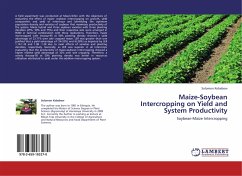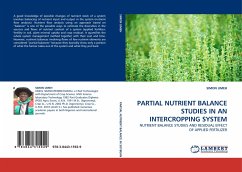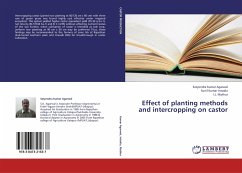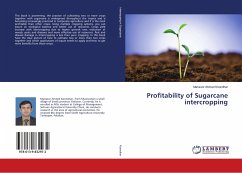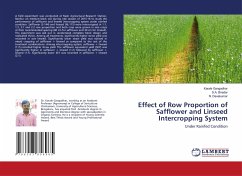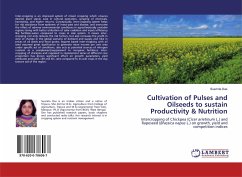
Intercropping and N Dynamics
Effect of Sorghum Planting Density and Nitrogen Rates on Productivity of Faba bean / Sorghum Inter-cropping System
Versandkostenfrei!
Versandfertig in 6-10 Tagen
39,99 €
inkl. MwSt.

PAYBACK Punkte
20 °P sammeln!
Increasing population and subdivision of lands have resulted in smaller size farms. Several studies have established that, the cropping intensity increased with the decreasing farm size. As a result, many small farmers prefer multiple cropping as a means of increasing production per unit area per unit time. A survey in different parts of the world indicated that, in subsistence economy the farmers use a combination of crops grown on a piece of land in order to achieve their major objective of food self-sufficiency. Farmers traditionally practice cereal/legume intercropping system with N-fertil...
Increasing population and subdivision of lands have resulted in smaller size farms. Several studies have established that, the cropping intensity increased with the decreasing farm size. As a result, many small farmers prefer multiple cropping as a means of increasing production per unit area per unit time. A survey in different parts of the world indicated that, in subsistence economy the farmers use a combination of crops grown on a piece of land in order to achieve their major objective of food self-sufficiency. Farmers traditionally practice cereal/legume intercropping system with N-fertilizer application without any scientific recommendation. This book, therefore, helps you in determining the optimum N-fertilizer and sorghum plant density in the intercropping of faba bean with sorghum for maximization of sorghum production without adversely affecting the yields of faba bean and to identify an intercropping combination that maximizes the land use efficiency.




